There is no doubt that the effects of structural and infrastructural changes and social media have brought tourism a long way from where it was. By consistently fuelling our knack to travel and explore, while also shedding light on the untapped beauty of Bangladesh, social media has given rise to many new emerging destinations.
However, there is still a lot to be desired, so we reached out to avid travellers, as well as figures from the hospitality sector to gather insights and analyse what comes next for Bangladesh's tourism.
Changing trends
"If you look back even a decade ago, there were only a select few destinations that the general masses would travel to," stated Apu Nazrul, a seasoned traveller of 19 years, who has been to every corner of the country.
"Cox's Bazar during winter and Sylhet during summer used to be the go-to destinations but social media, along with improved economic conditions, has enabled us to expand our horizons and opened the door for us to explore other destinations", he added.
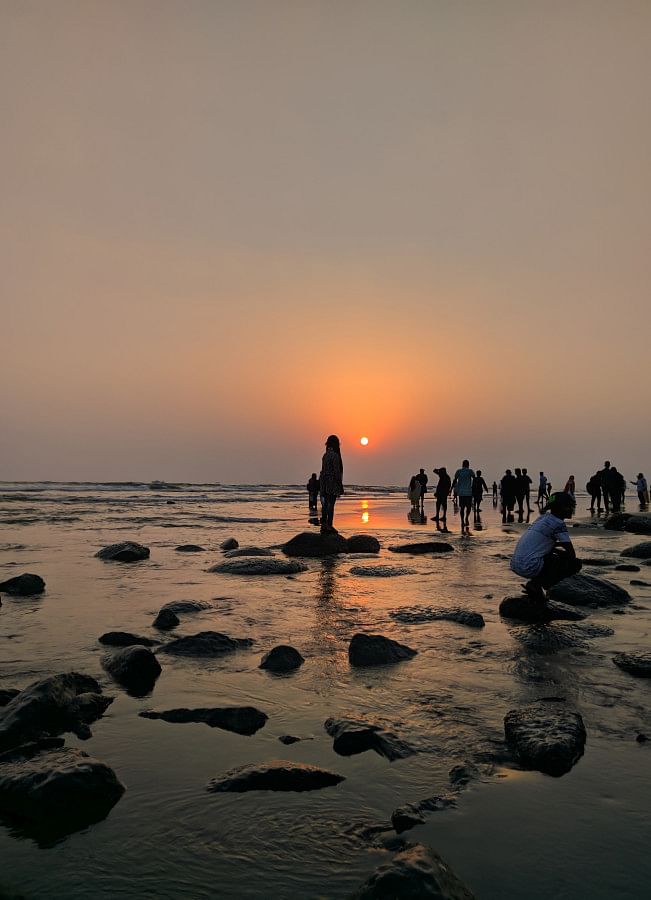
Places like Bandarban, Sajek, and more recently, Tanguar Haor have garnered a lot of attention from the general population and have become quite popular. This attention is directly correlated to the prevalence of social media in our lives. Not only did we get to know about these places and explore their beauty from the comfort of our screens, but also got inspired to visit them and see things in person.
"Some of these locations have now become 'viral' and to some degree, the fear of missing out causes us to go and explore these places ourselves. There is a sense of rush involved with getting new destinations under our belt, creating memories with loved ones and posting photos on our social media," disclosed Nazrul, who organises over 45 trips around Bangladesh throughout the year.
Nosheen Fairooz Oishee is an avid traveller and she shares the same sentiment as Nazrul. Her bid to get away from the hustle and bustle of city life sees her explore new destinations around Bangladesh whenever she gets the chance. For her, it is also about creating memories with family and friends.
"Whether it be the beaches of Cox's Bazar or the tea gardens of Sylhet, I am always seeking and finding serenity in those places. And having family or friends to go with and the memories we make along the way are the best part of it all," she explained.
A lot of initiatives are being taken by the hospitality sector as well to facilitate this growing interest in travelling. Mermaid Beach Resort is arguably one of the most popular destinations in Cox's Bazar. Speaking to their General Manager, Md Jahirul Islam, we gained insight into how the hospitality sector has adapted to evolving trends.
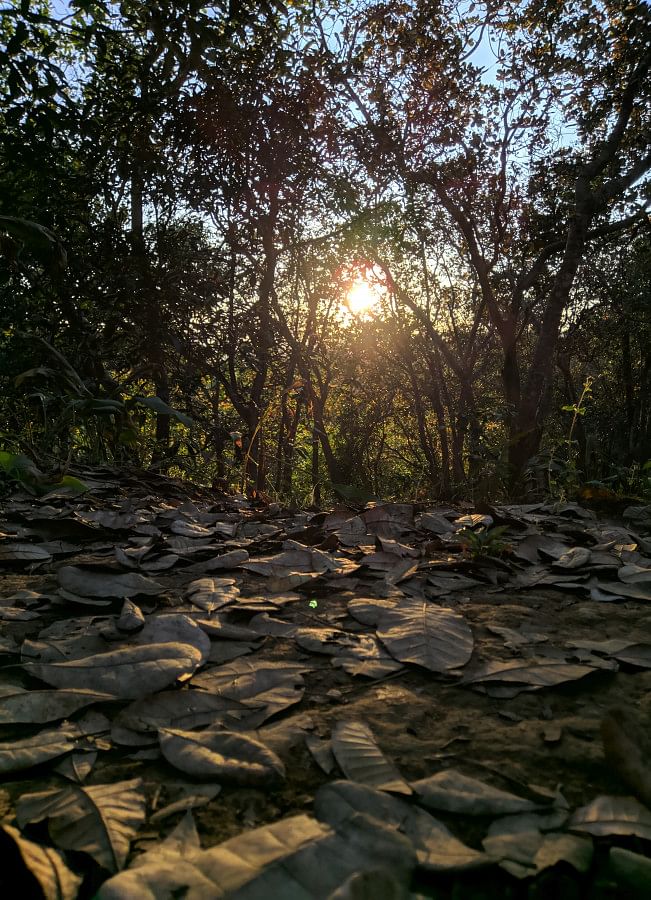
"Over the past few years, domestic travel has evolved a lot. More and more people prefer vacations, the recreational activity of their choice over other options. Cox's Bazar has also become more accessible than ever before, with a wide range of hotels to choose from so everyone finds their best deal. Before, we used to have people visit Cox's only at certain times of the year but now, it is more of a weekly thing," he explained.
Nazrul too, added to this by saying that travelling has now evolved into a year-round thing. Certain destinations like Cox's Bazar are always packed regardless of the season. Other destinations like Tanguar Haor are more seasonal.
Infrastructural breakthroughs
Recognising the potential of the tourism sector and the people's growing interest, the Bangladesh government has taken steps to enhance travel and tourism. The Ministry of Civil Aviation and Tourism has been actively working on improving infrastructure, promoting sustainable tourism practices, and creating a conducive environment for private investment.
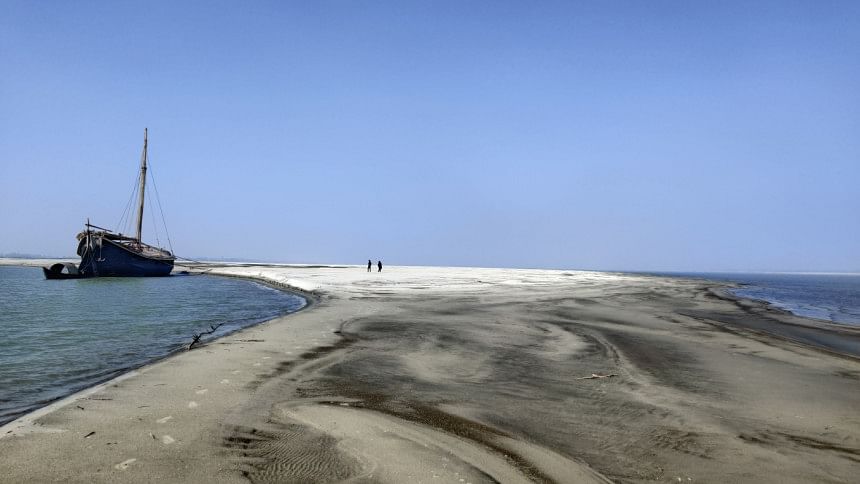
The newfound passion of Bangladeshis for travelling can be attributed to the efforts of the government to make travelling more accessible and easier. In fact, travel conditions have improved drastically in Bangladesh over the years.
"The first thing that comes to mind is transportation, in terms of both the number and types of available modes of transportation as well as the ease with which one can travel," stated Oishee. Md Jahirul Islam provided further insights to this in the context of Cox's Bazar by explaining how the addition of the railway was an immense success.
It added a new dimension to how people can travel to Cox's Bazar, and in many ways, made it a comfortable experience as opposed to the conventional bus routes.
The new railway path has opened up a better mode of transport for travellers. Most importantly, the younger generation is more outgoing when it comes to staycation as it is more budget-friendly.
Government support will play a crucial role in developing infrastructure, promoting tourism-friendly policies, and encouraging private investment. The continuation of this growth that the tourism sector has achieved this far will largely rely on more infrastructural development as well as initiatives like tax incentives and other programmes that can significantly boost the quality of services offered by the hospitality sector.
Room for further improvement
Despite the positive strides, there are challenges that the tourism sector in Bangladesh must address. One of the pressing issues is the need for better preservation of popular tourist destinations. The influx of visitors often leads to environmental degradation, and a lack of sustainable waste management practices acts as a further barrier to preserving the beauty of these locations.
Md Jahirul Islam provided some crucial background on exactly how the natural landscape of Cox's Bazar is being affected by this.
"Here at Mermaid, we try our best to keep our beach clean at all times and advise guests not to litter, setting up litter boxes at different points in our beach. However, this is not the case for the rest of the beaches. Furthermore, 90 per cent of the guests coming to Cox's Bazar only visit the two prime points here: Laboni and Sugandha Points. A lack of a proper preservation and crowd-controlling scheme is causing the natural beauty of the beaches to deplete at an alarming rate," he added.
Nazrul added his take on the matter by stating how stricter policies need to exist to protect the various landscapes of Bangladesh from pollution and deforestation.
"A lot of damage has already been done to our mangrove forests and mountainous regions. There can be no further damage done to these places," he felt.
A distinct lack of sources in finding reliable information for the lesser-known destinations is another issue that riddles the sector. Nosheen Fairooz Oishee had much to say on this particular issue.
"The biggest challenge I face when travelling within Bangladesh is a lack of resources, and local guides who can bridge the language barrier would make exploring more enjoyable. There can be a huge cultural barrier within Bangladesh and more effort needs to go in to mitigate these issues," she explained.
There are still a lot of undiscovered places in Bangladesh with immense potential to thrive in the tourism sector. If we play our cards right and take proper measures to preserve these regions, we will be able to create an environment that gives travellers the avenue to experience authentic Bangladesh at its peak and also help Bangladesh distinguish itself on the global tourism map.
Location: Cox's Bazar, Bandarban, Padma River



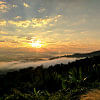

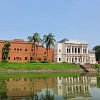
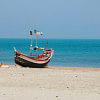
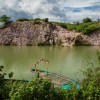
Comments